Urban housing area reaches 32m2/person by 2030
Today (October 3), the Ministry of Construction held a conference to announce the urban and rural system planning for the 2021-2030 period, with a vision to 2050. Previously, this planning was approved by the Prime Minister at the end of August.
Briefly presenting the planning of the urban and rural system, Dr. Architect Pham Thi Nham, Deputy Director of the National Institute of Urban and Rural Planning, said that up to now, the country has formed two large urban areas: Hanoi and Ho Chi Minh City. The development orientation in the coming years will have four urban areas: Hanoi, Da Nang, Ho Chi Minh City, and Can Tho.
In the coming time, Vietnam's urban network will develop according to the model of urban regions and central cities at national, regional, provincial and district levels.
National central urban areas are special urban areas, type I urban areas will play the role of dynamic urban areas, the main growth pole in economic and social development, national security and defense, and economic restructuring of regions and territories.
With the newly approved urban and rural planning, in the coming years urban development will be shaped into 4 urban areas.
Specifically, the Hanoi metropolitan area includes Hanoi, Hai Phong, Quang Ninh, Hung Yen, Hai Duong, Bac Ninh, Bac Giang, Vinh Phuc, Ha Nam, Thai Nguyen, Hoa Binh and Phu Tho.
The large urban area of Ho Chi Minh City, including Ho Chi Minh City, Binh Duong, Dong Nai, Ba Ria - Vung Tau, Tay Ninh, Binh Phuoc, Long An, Tien Giang.
Da Nang urban area, including Da Nang city, Hue, neighboring urban areas of Quang Nam, Quang Ngai, Binh Dinh provinces.
Can Tho urban area, including Can Tho city, neighboring urban areas of An Giang, Kien Giang, Vinh Long, Dong Thap provinces.
This plan also orients the development of Hanoi and Ho Chi Minh City into important growth poles of the country.
Conference to announce urban and rural system planning for the 2021-2030 period, with a vision to 2030 on October 3. Photo: XD
The decision approving the planning sets a target of urbanization rate of over 50% by 2030, and 70% by 2050, with the number of urban areas nationwide ranging from about 1,000 to 1,200, including the formation of a number of national and regional urban centers with income equivalent to the average level of urban areas in the group of 4 leading ASEAN countries; the urban area economy contributes about 85% to the country's GDP.
In addition, building a national and regional smart urban network with international connections and 3-5 urban areas with regional and international recognized brands by 2030.
The ratio of traffic land to urban construction land is about 16-26%, the average housing area in urban areas is 32m2/person.
Limit the spontaneous development of urban areas
According to Deputy Minister of Construction Nguyen Viet Hung, the planning of the urban and rural system for the 2021-2030 period, with a vision to 2050, aims at four goals, including accelerating the speed and improving the quality of urbanization, sustainably developing the urban system according to the network, developing, arranging, and distributing the urban and rural system in a unified, effective, and comprehensive manner, with synchronous and modern infrastructure suitable for development conditions, and being environmentally friendly.
In addition, forming an urban system linked into a synchronous, unified, balanced network between regions and areas, with the ability to withstand and effectively adapt to climate change, with typical architecture rich in identity, green, modern, and smart.
Comprehensive and sustainable rural development associated with urban development and urbanization, with synchronous infrastructure and social services close to urban areas, preserving and promoting the national cultural identity of each region.
At the same time, build rural areas with a living environment closely connected and in harmony with urban areas, civilized, green, clean, beautiful, rich in national cultural identity with living conditions and income of rural residents approaching urban areas.
Speaking on the sidelines of the conference, Ms. Tran Thu Hang, Director of the Department of Architectural Planning (Ministry of Construction), emphasized that the national urban-rural system planning is a very important guideline for localities so that urban planning, functional area planning, rural planning as well as connecting infrastructure systems are clearly positioned and oriented in a unified manner.
According to Ms. Hang, in the past, we had studies and they were approved by the Prime Minister since 1998, which were the orientations for urban development in Vietnam. However, this is the first time it has been institutionalized, put into the legal system, and put the planning of the urban and rural system in the national sector planning to put it in a strategic position and importance.
“A new point to note is that along with planning and orienting the urban system, we also orient the rural areas. The urbanization rate nationwide is increasing from 42% to 55% in the coming period. Therefore, the transition between urban and rural areas being urbanized needs to be oriented in the most careful way. How to still meet the goals of urban development, but still maintain the identity of the countryside, especially the areas that bring historical, architectural, cultural values and need to be preserved,” said Ms. Hang.
Vietnamnet.vn
Source: https://vietnamnet.vn/viet-nam-se-co-3-5-do-thi-co-thuong-hieu-tam-khu-vuc-va-quoc-te-2328489.html


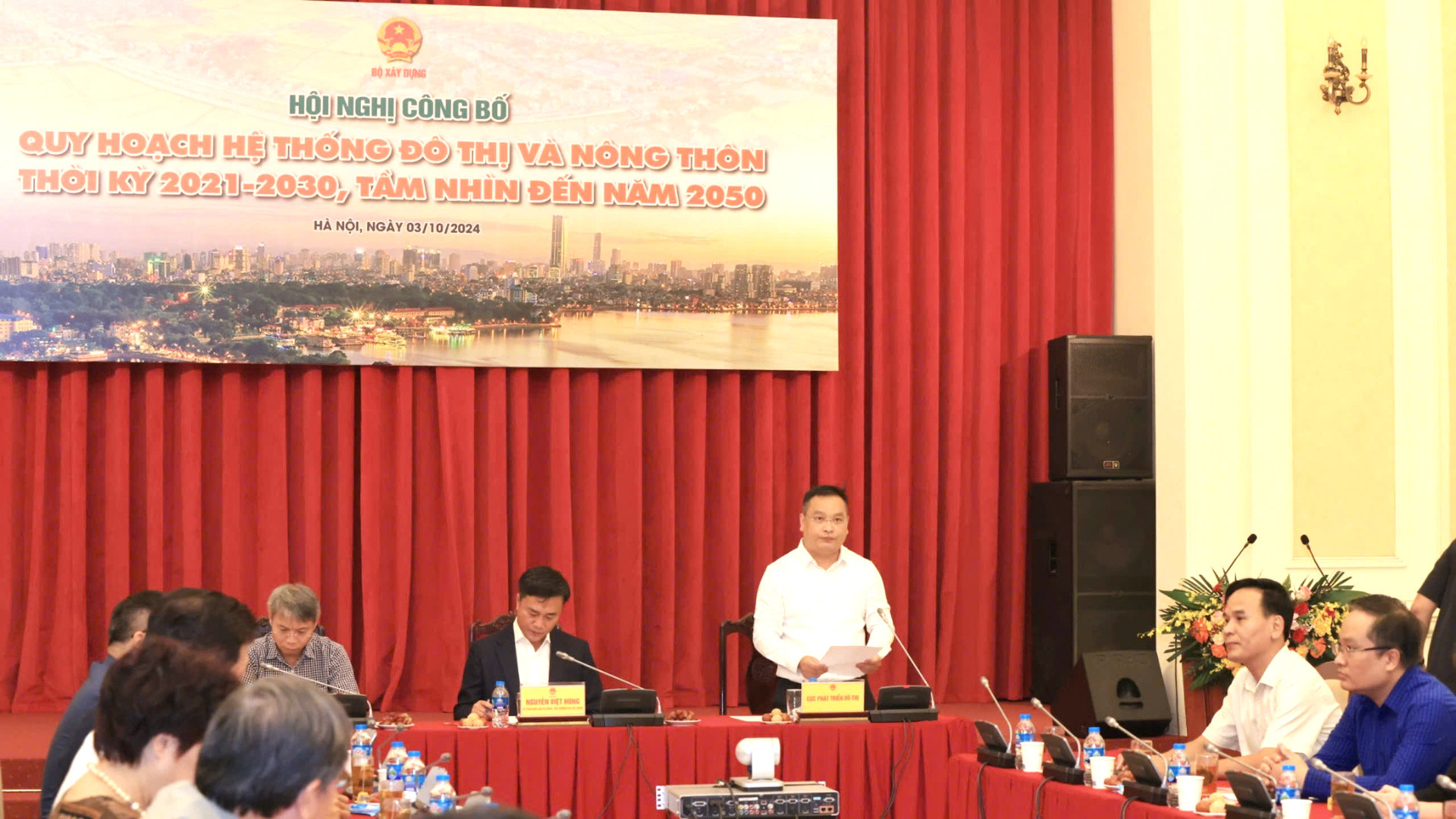
![[Photo] Promoting friendship, solidarity and cooperation between the armies and people of the two countries](https://vstatic.vietnam.vn/vietnam/resource/IMAGE/2025/4/17/0c4d087864f14092aed77252590b6bae)

![[Photo] Nhan Dan Newspaper announces the project "Love Vietnam so much"](https://vstatic.vietnam.vn/vietnam/resource/IMAGE/2025/4/17/362f882012d3432783fc92fab1b3e980)
![[Photo] General Secretary To Lam receives French Ambassador to Vietnam Olivier Brochet](https://vstatic.vietnam.vn/vietnam/resource/IMAGE/2025/4/17/49224f0f12e84b66a73b17eb251f7278)
![[Photo] National Assembly Chairman Tran Thanh Man meets with outstanding workers in the oil and gas industry](https://vstatic.vietnam.vn/vietnam/resource/IMAGE/2025/4/17/1d0de4026b75434ab34279624db7ee4a)
![[Photo] Closing of the 4th Summit of the Partnership for Green Growth and the Global Goals](https://vstatic.vietnam.vn/vietnam/resource/IMAGE/2025/4/17/c0a0df9852c84e58be0a8b939189c85a)

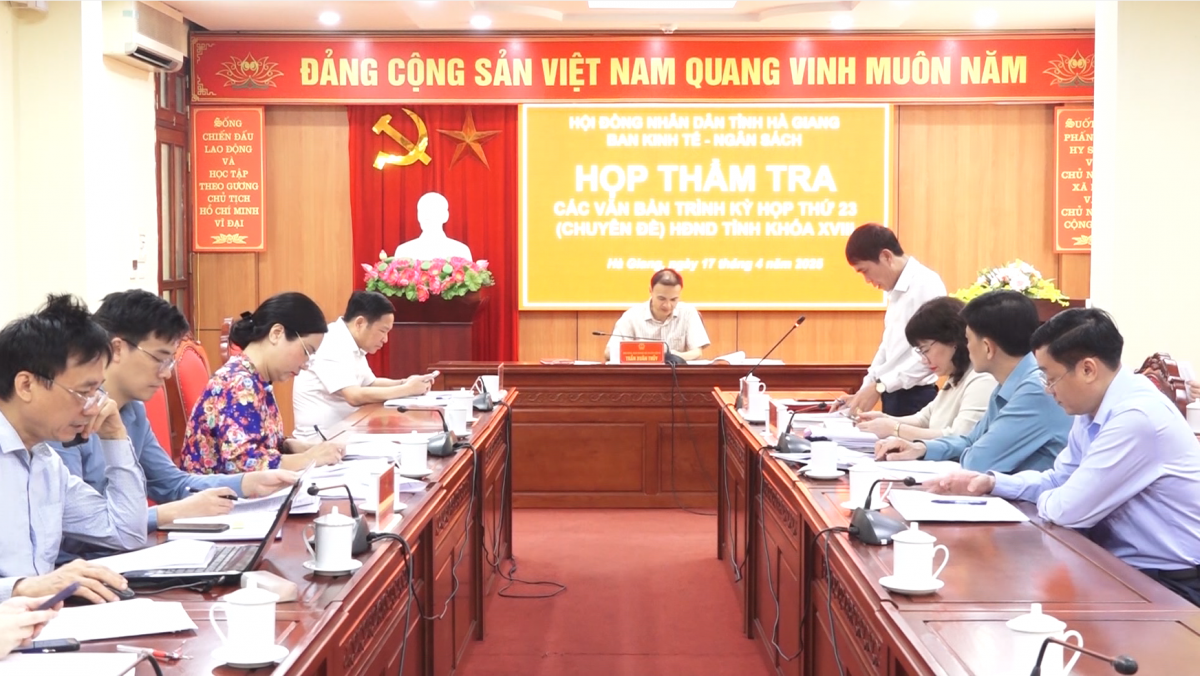

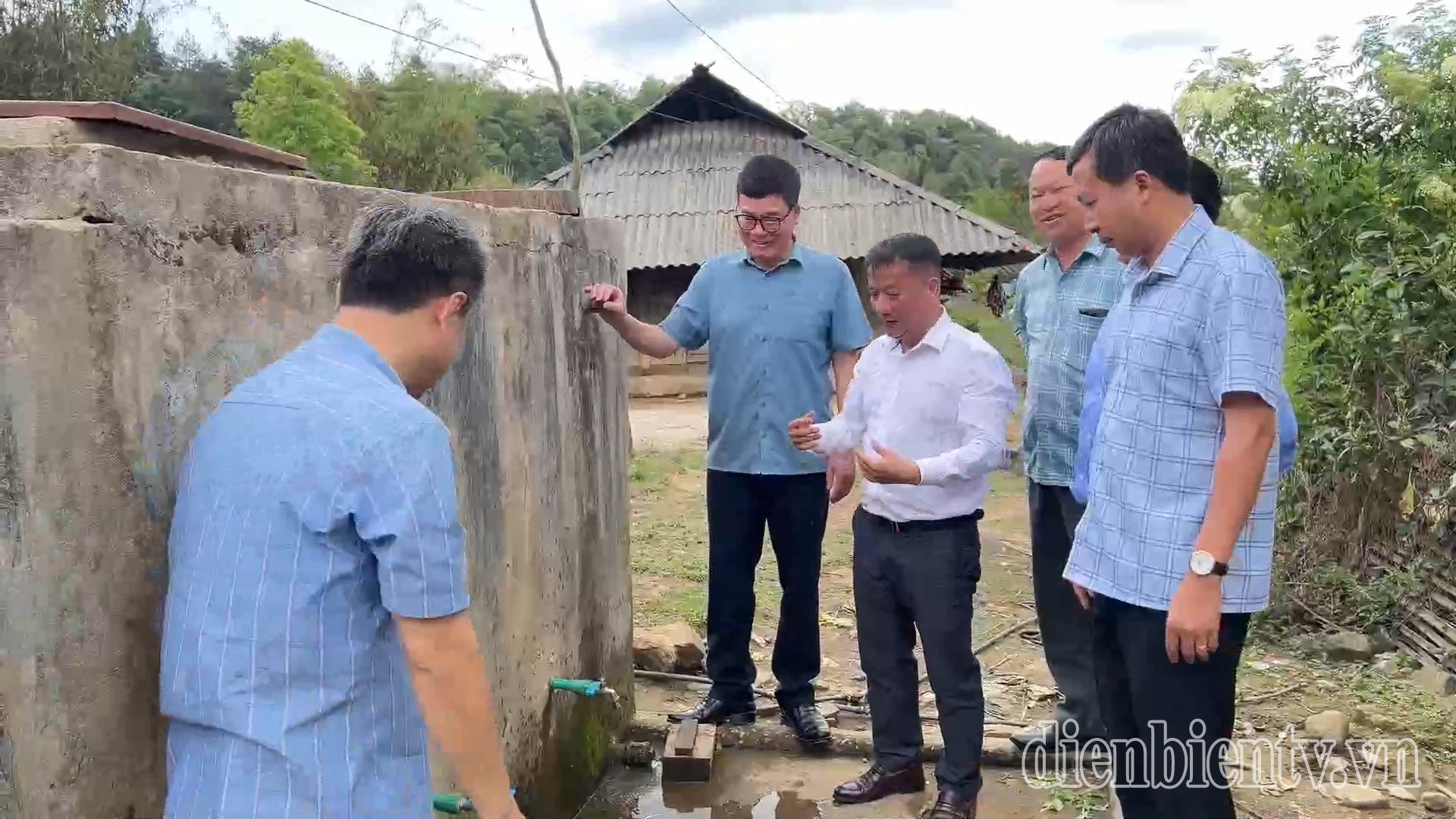


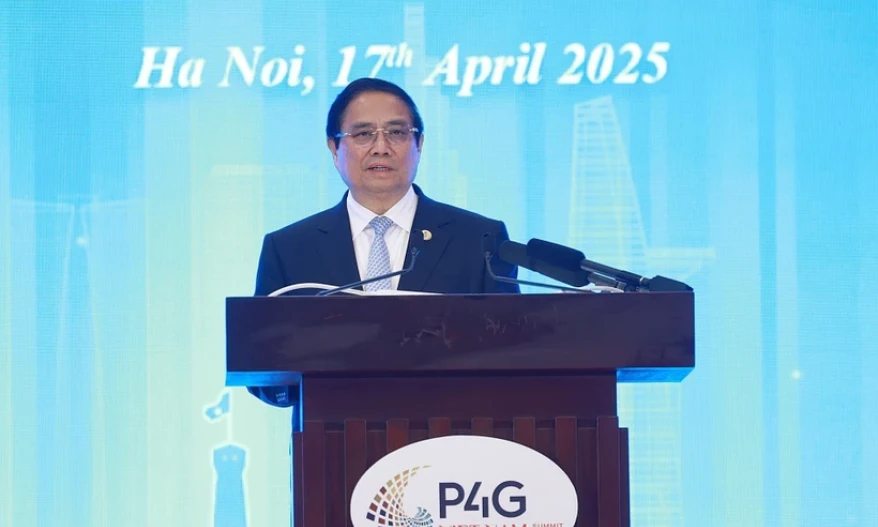


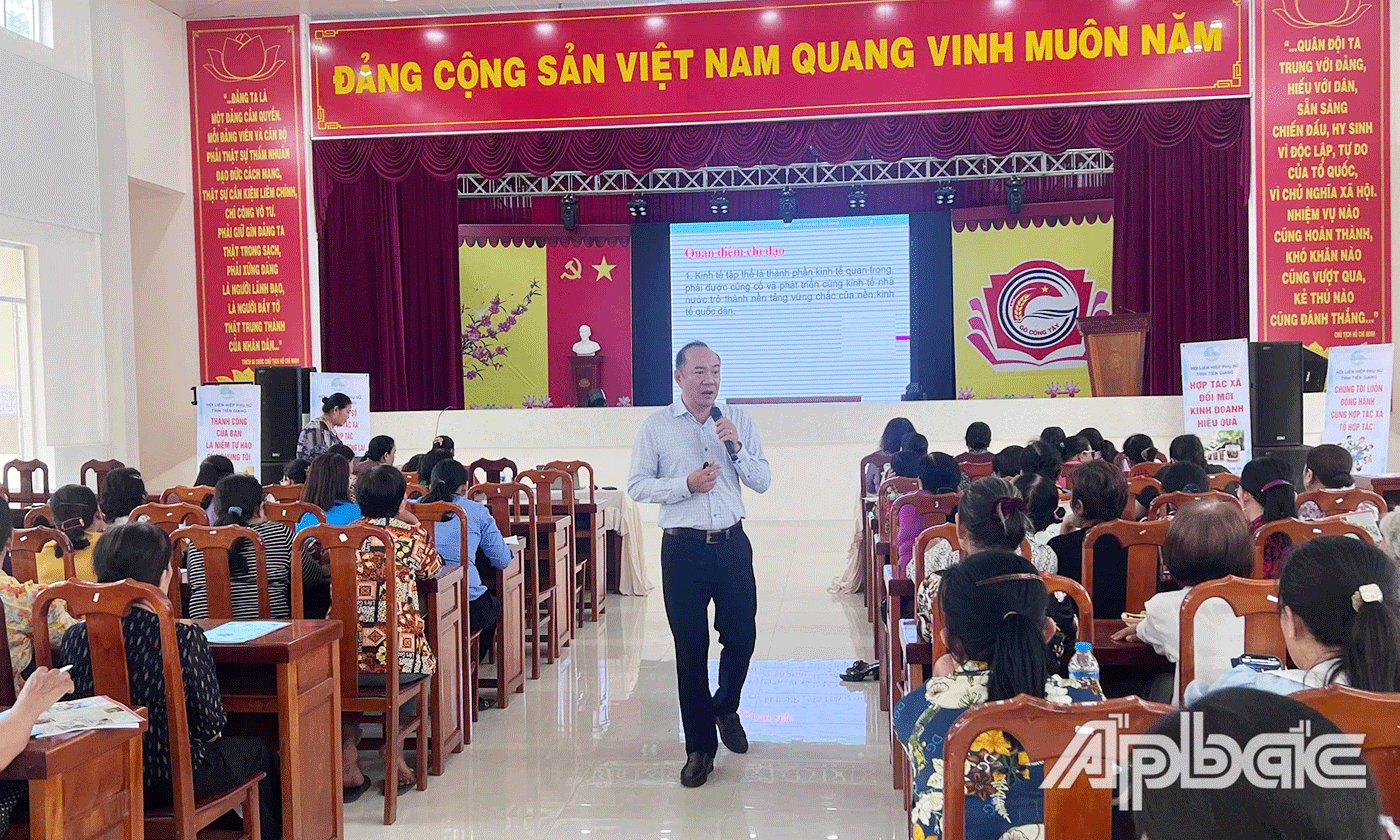
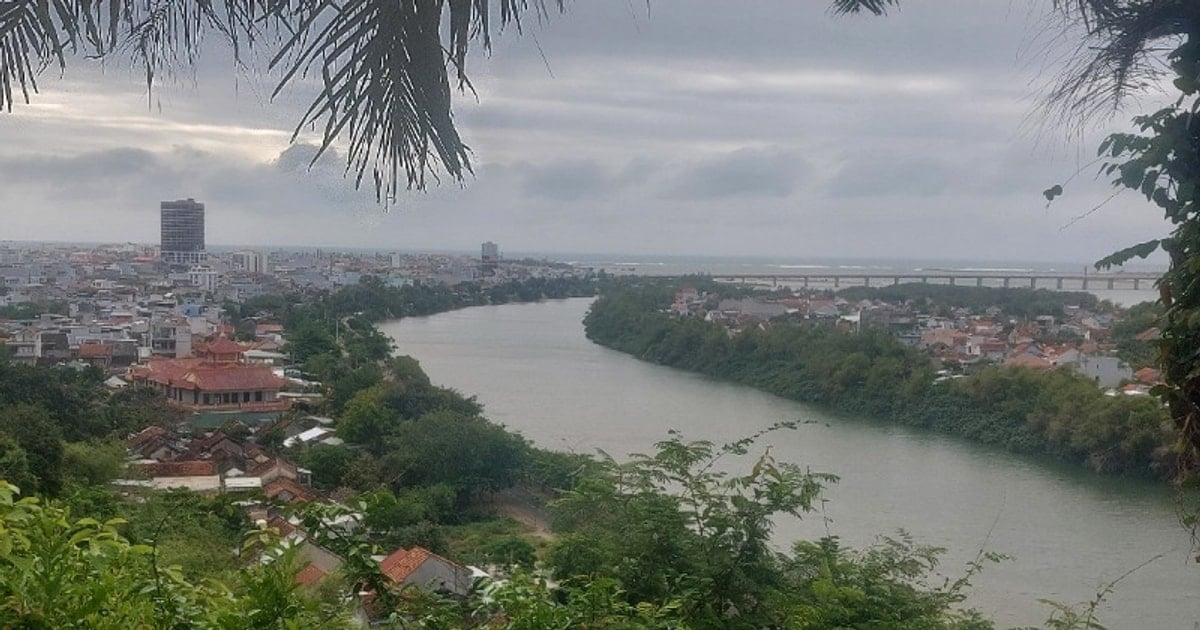
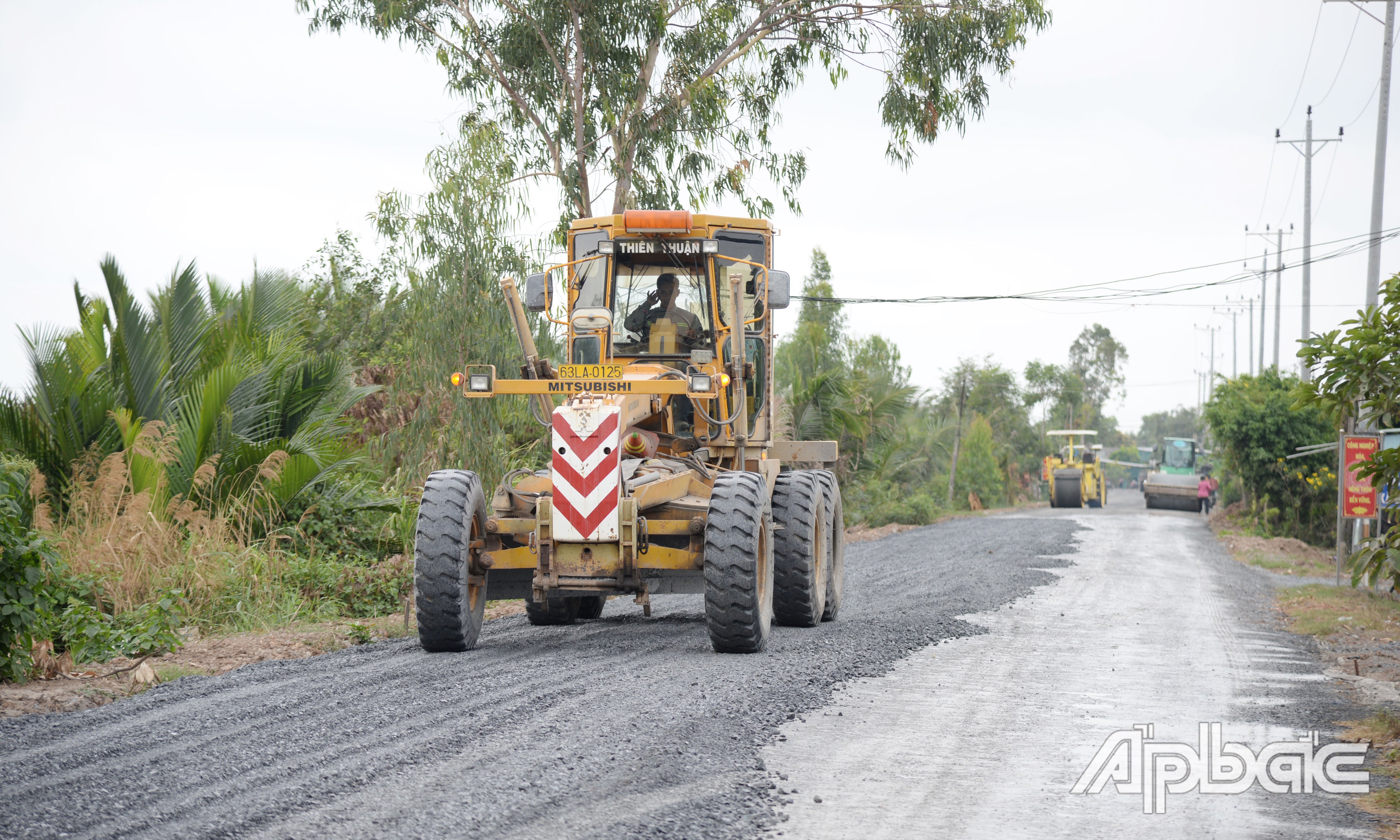




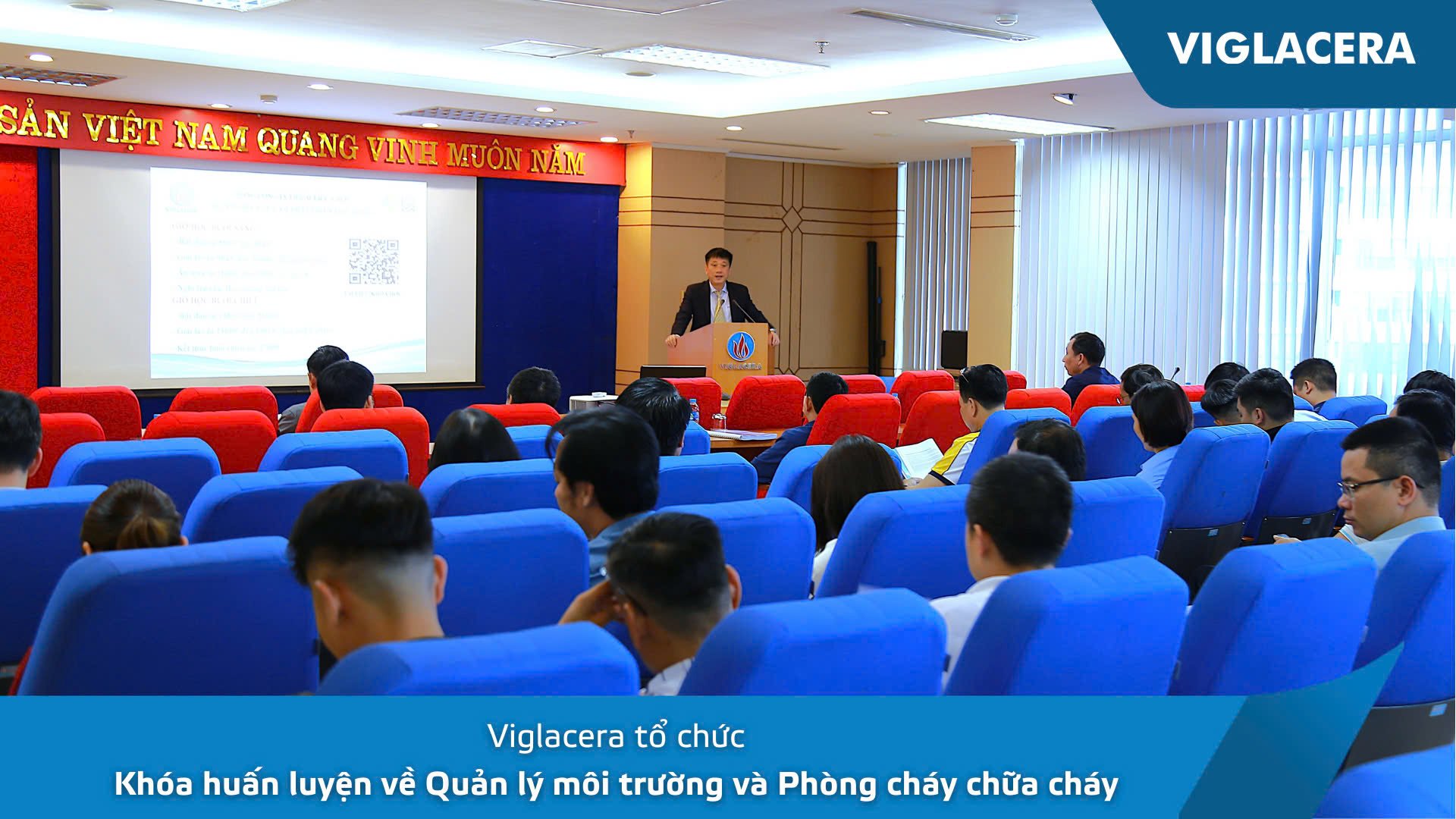
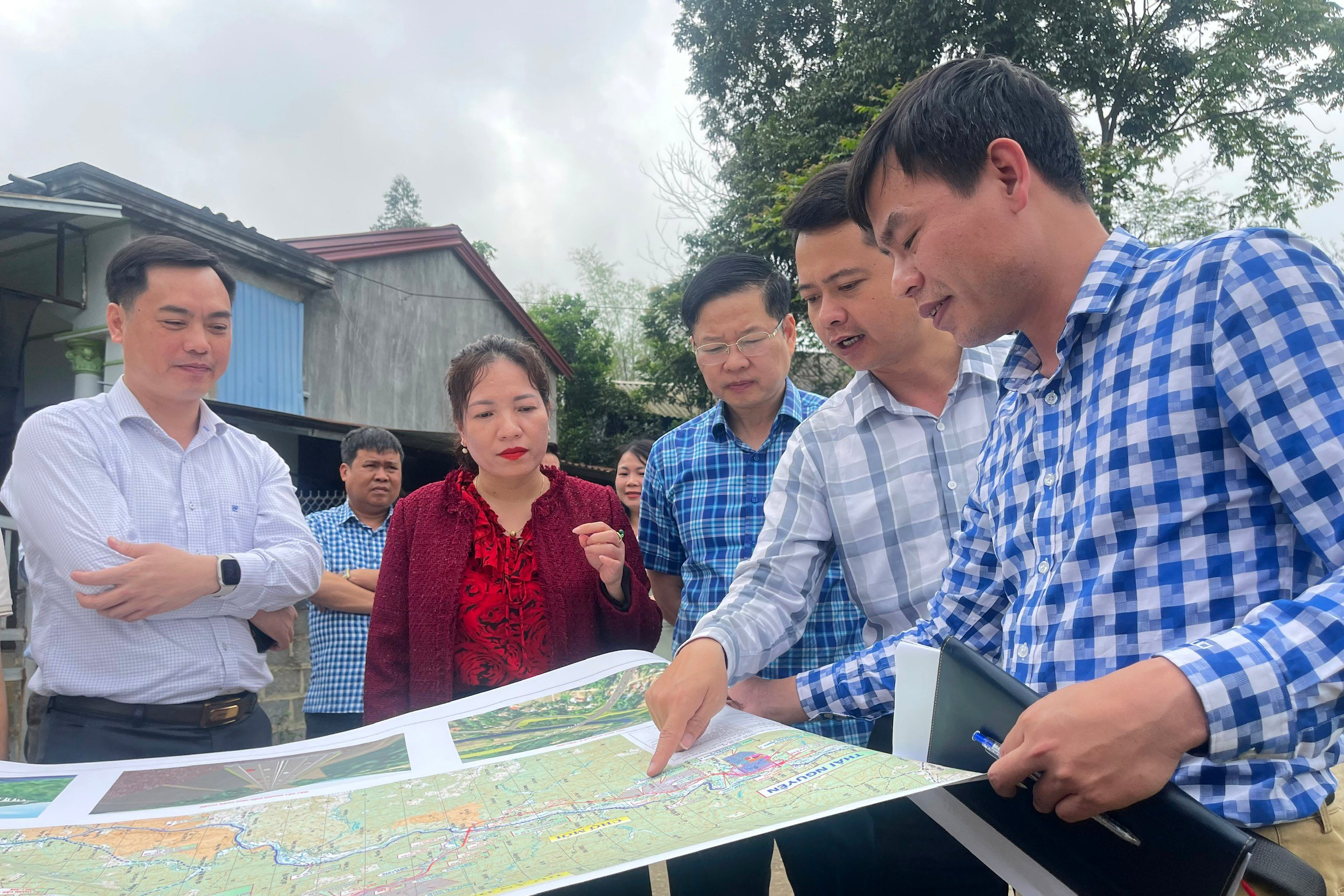
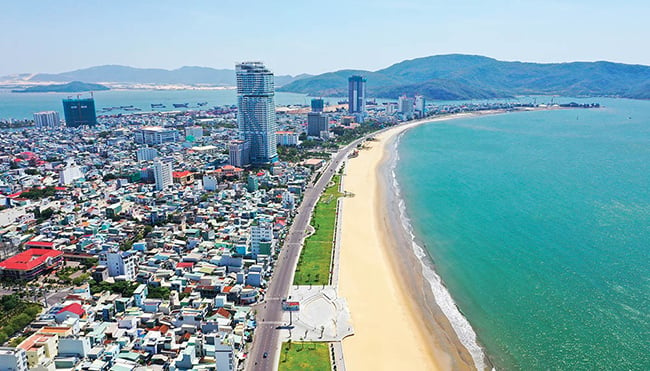
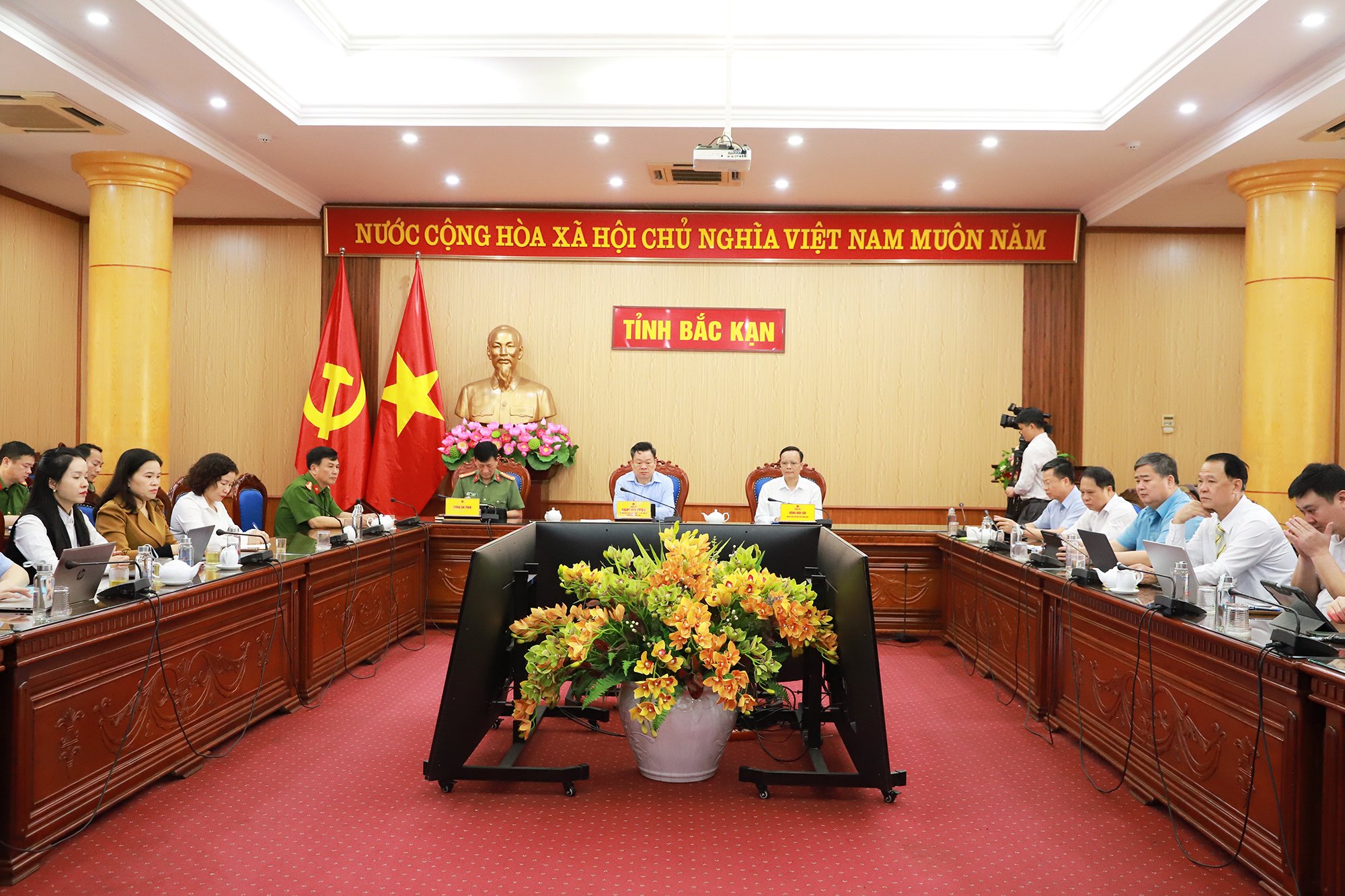
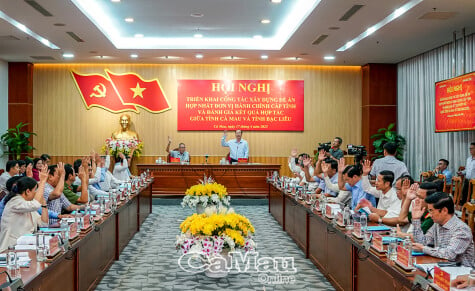
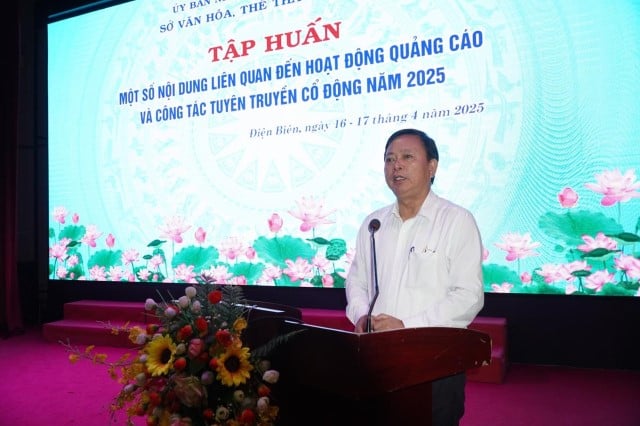
![[Photo] Welcoming ceremony for Chinese Defense Minister and delegation for friendship exchange](https://vstatic.vietnam.vn/vietnam/resource/IMAGE/2025/4/17/fadd533046594e5cacbb28de4c4d5655)






















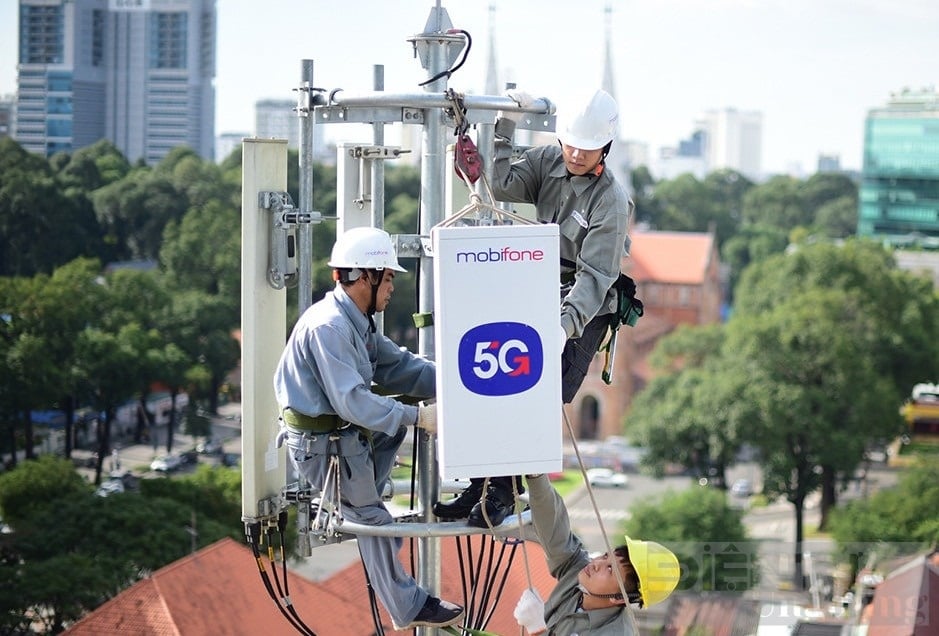

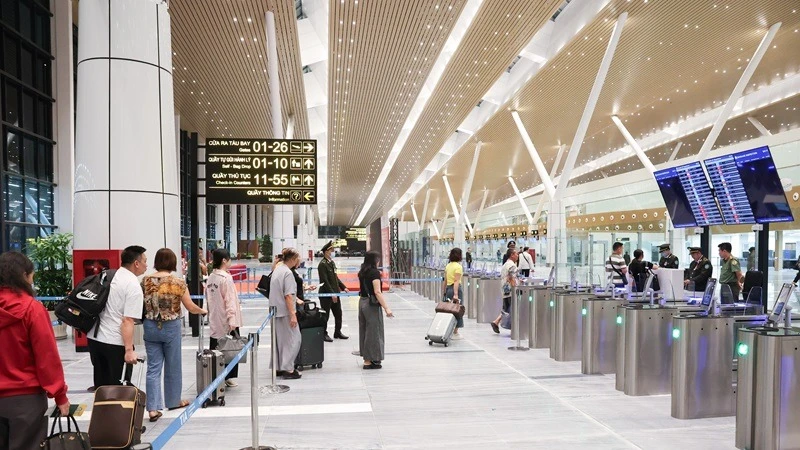

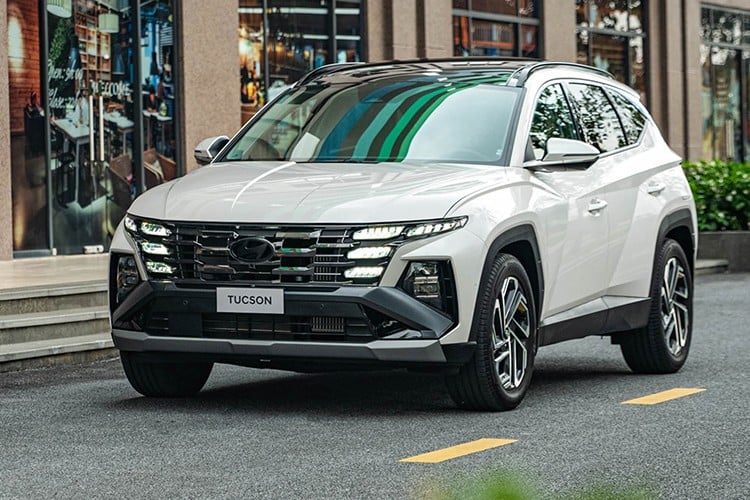

![[Video] Viettel officially puts into operation the largest submarine optical cable line in Vietnam](https://vstatic.vietnam.vn/vietnam/resource/IMAGE/2025/4/17/f19008c6010c4a538cc422cb791ca0a1)
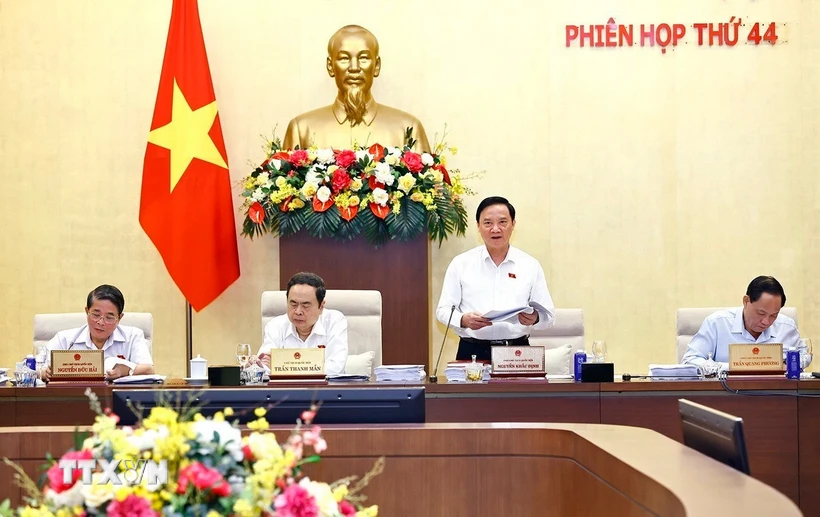
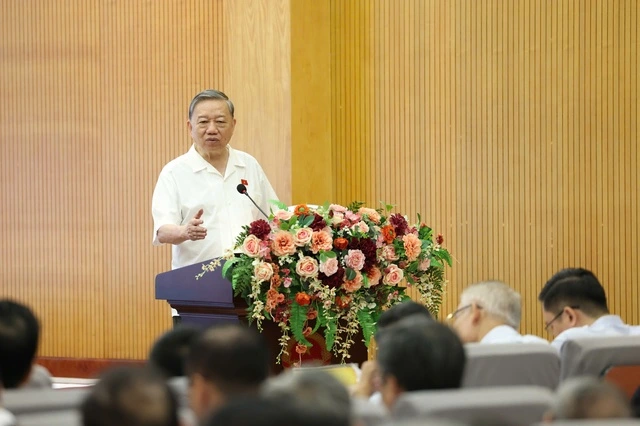




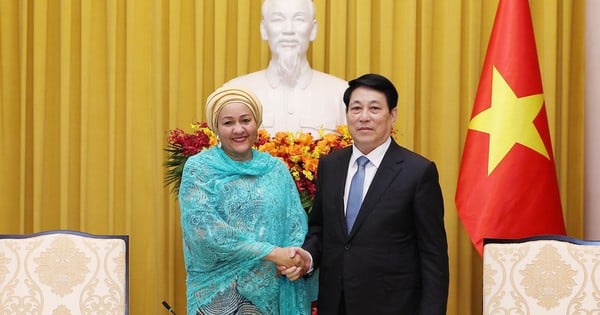
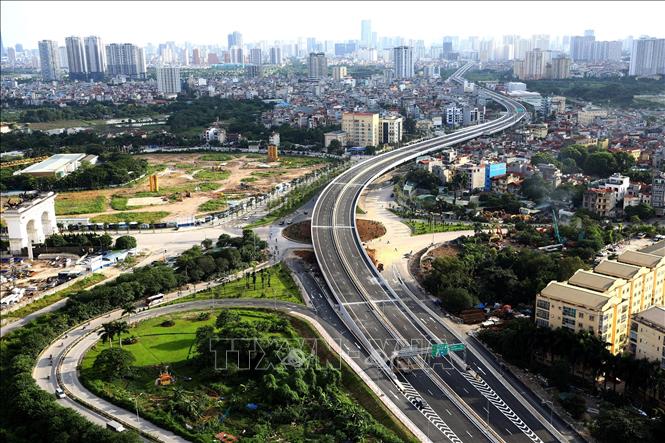



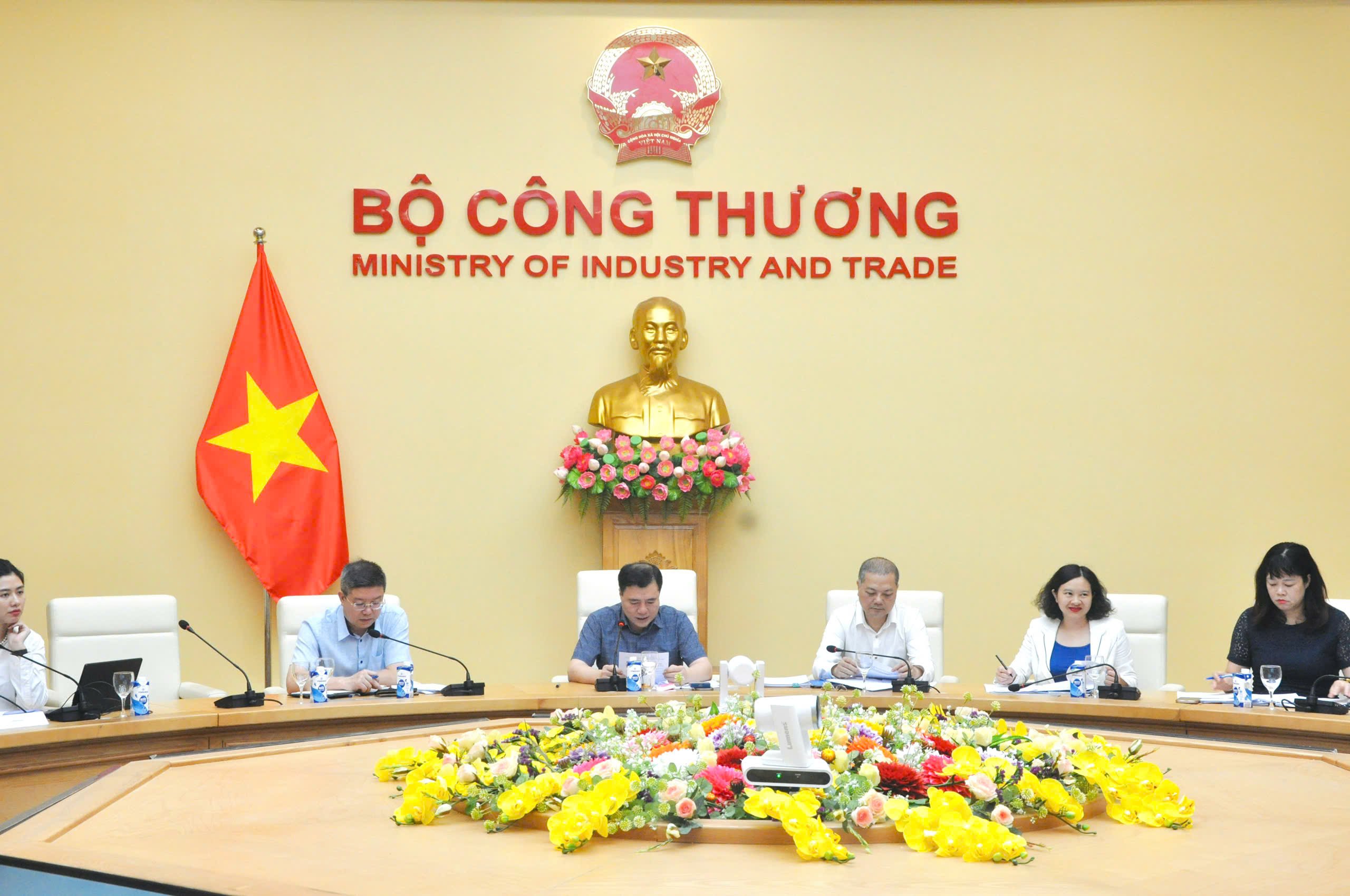

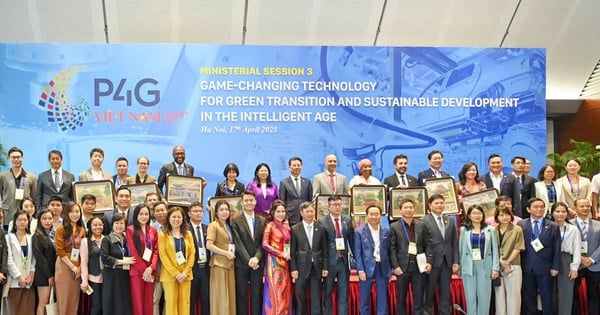

















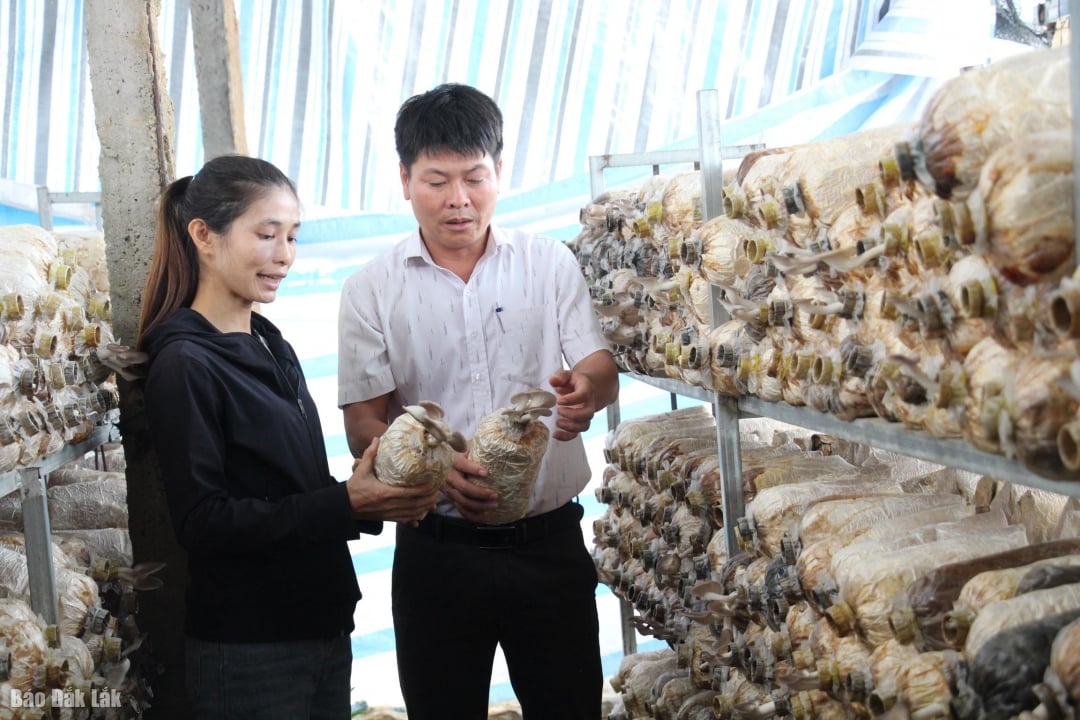

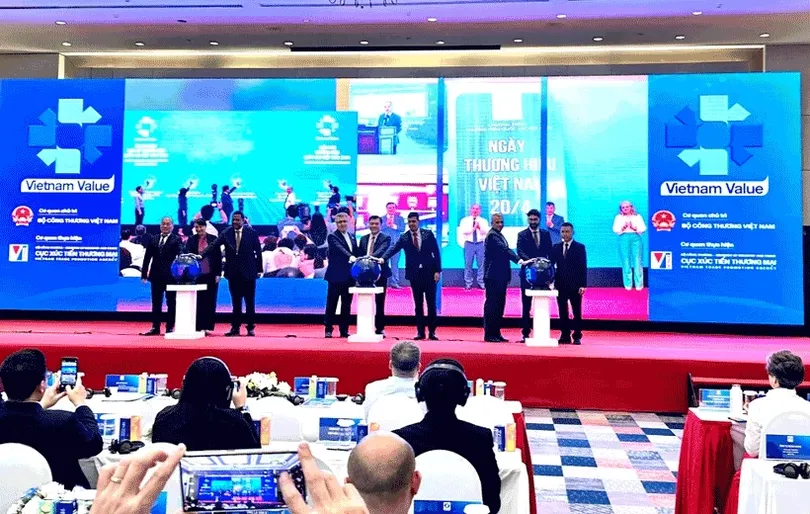



Comment (0)